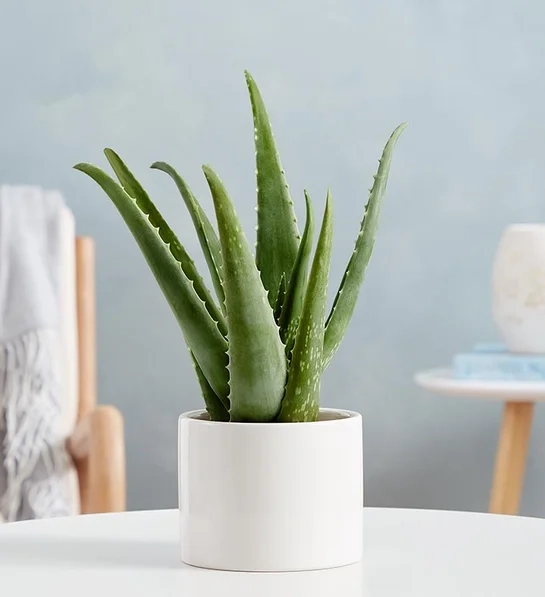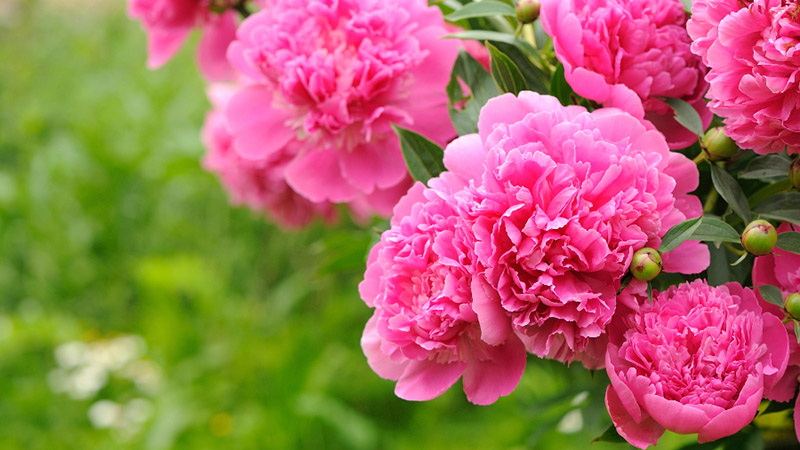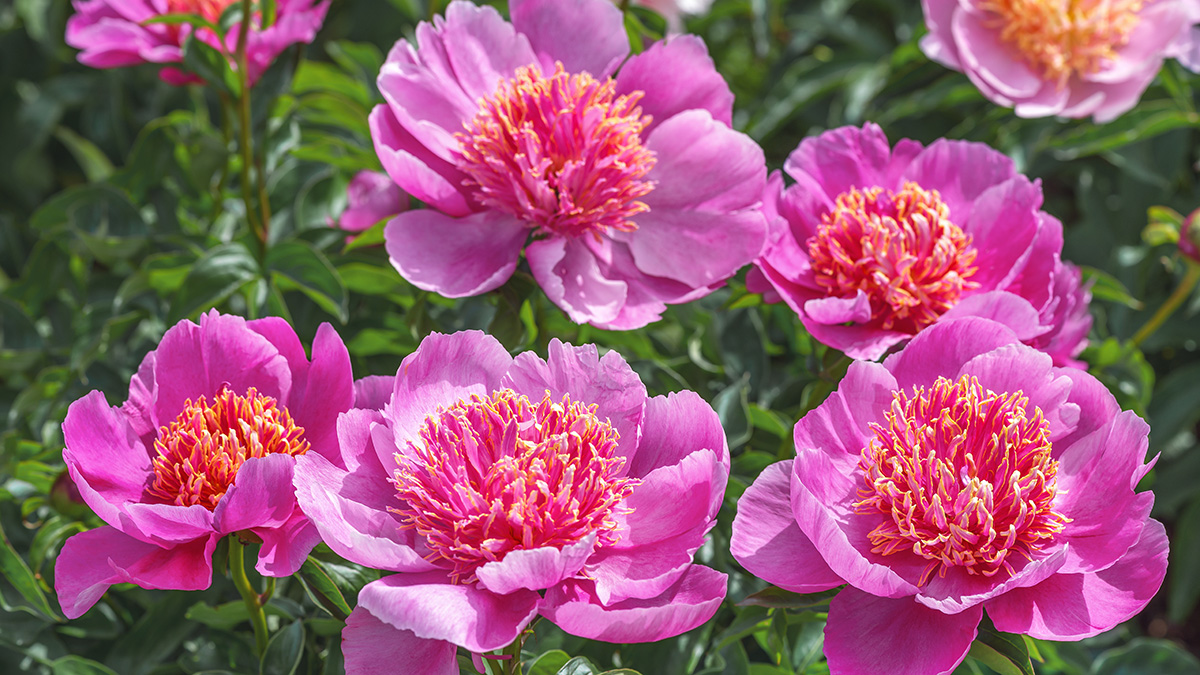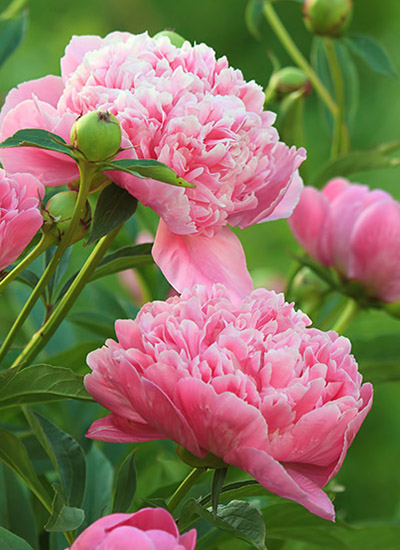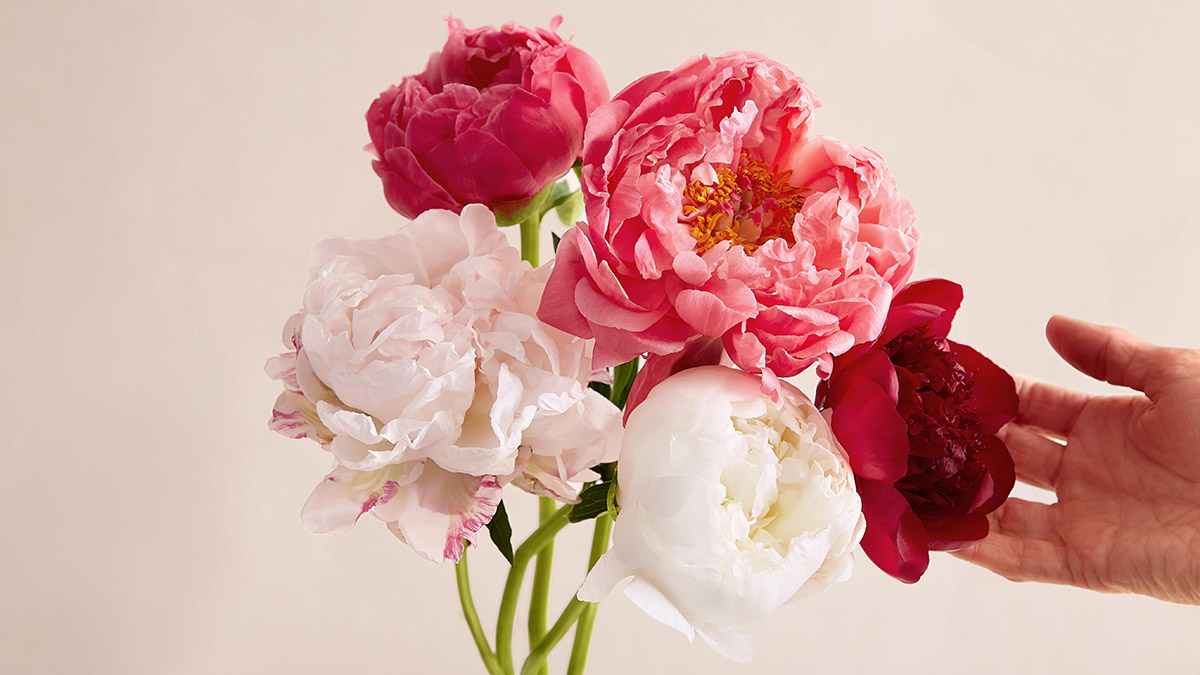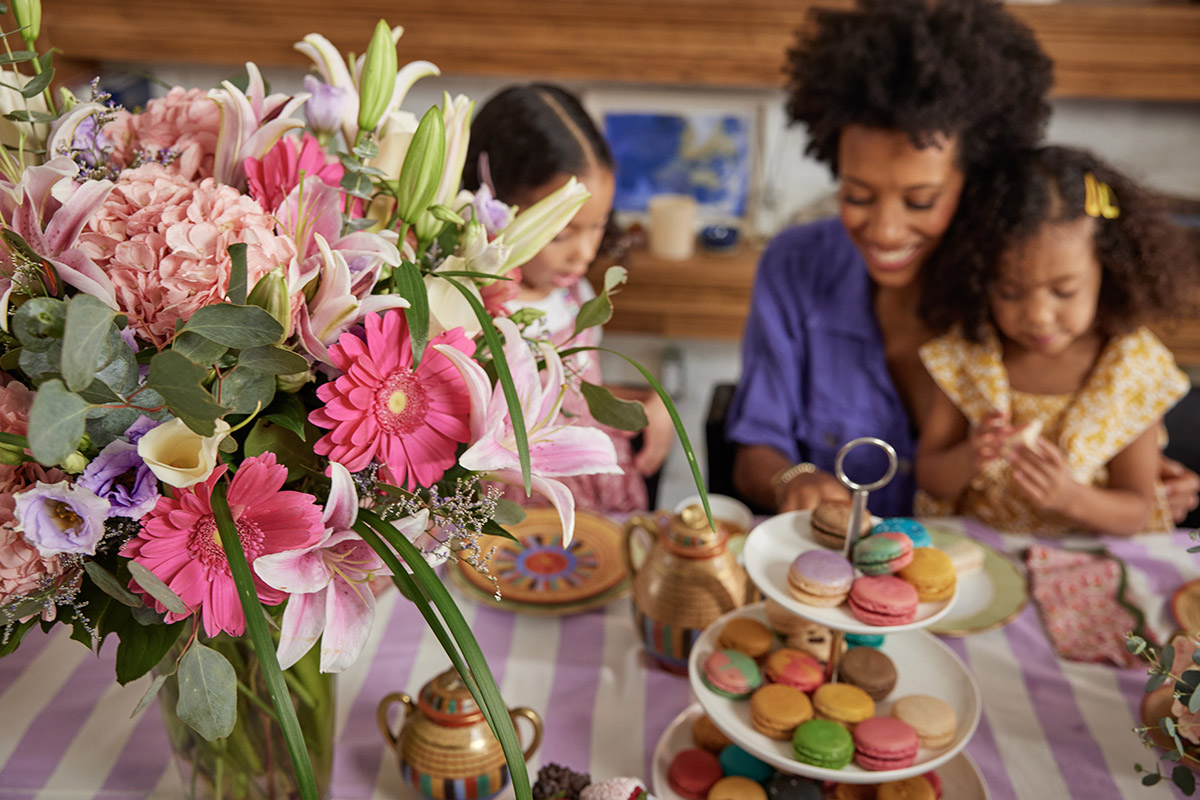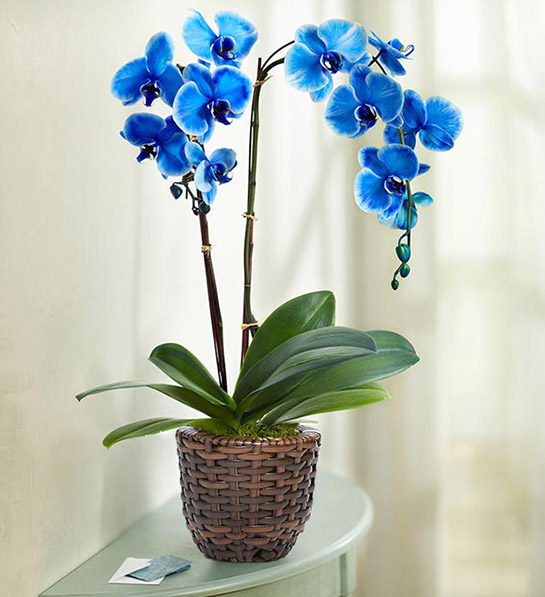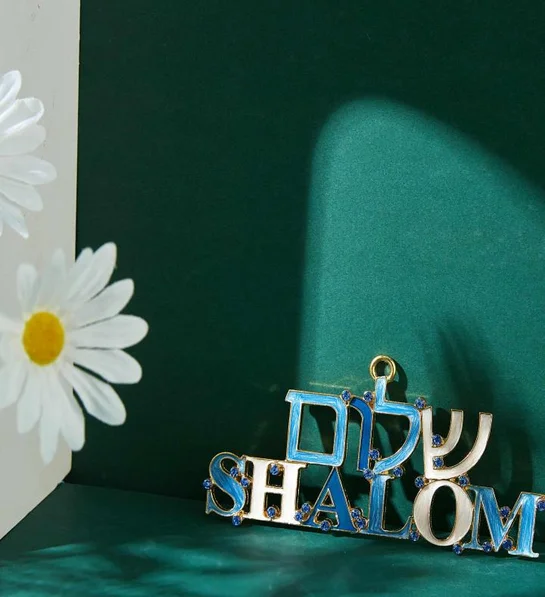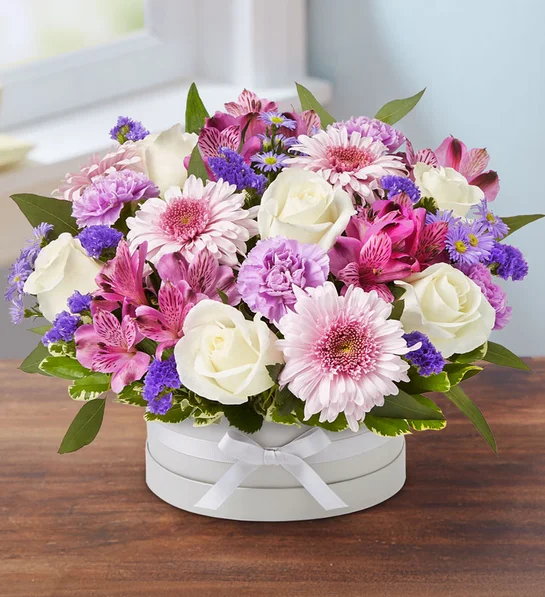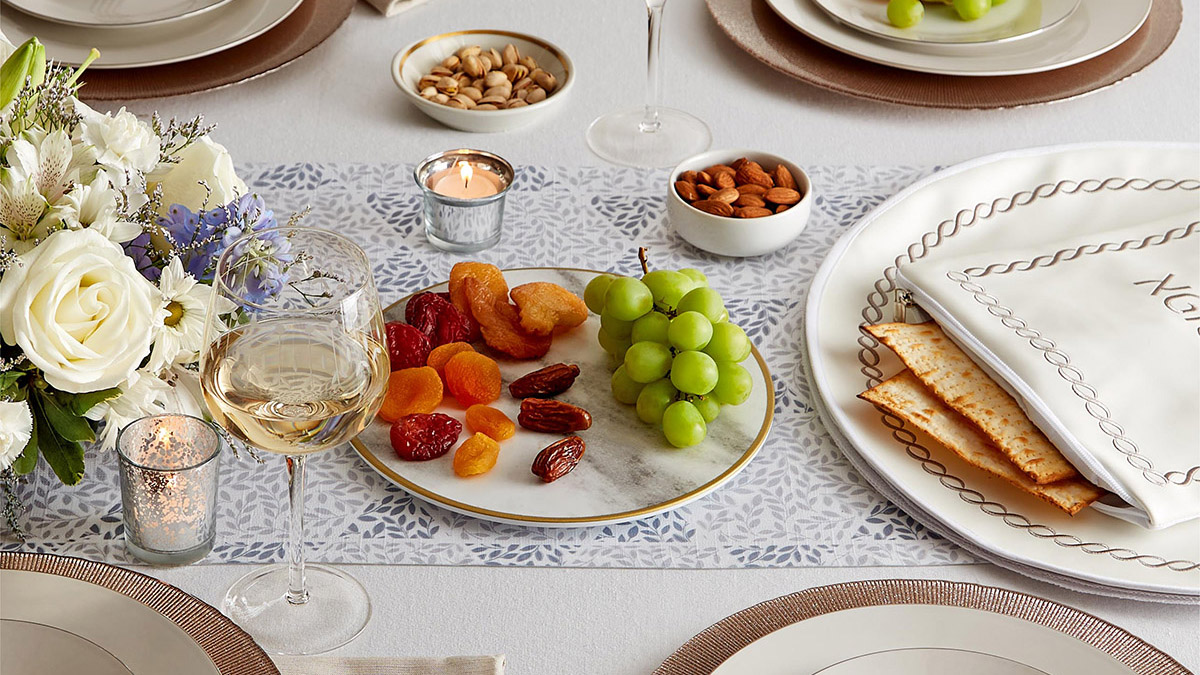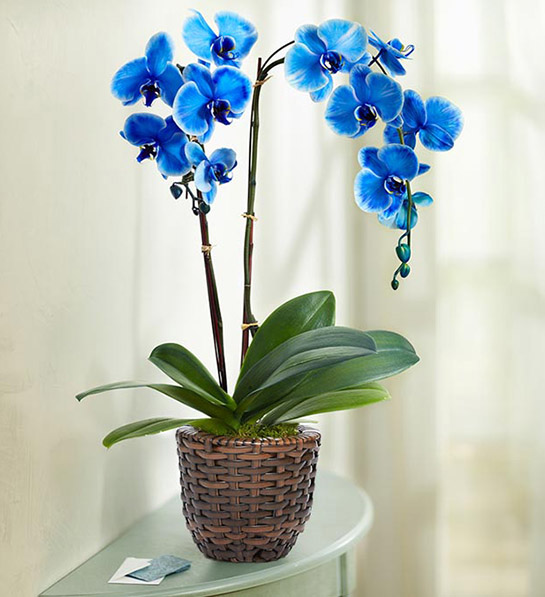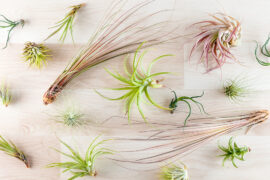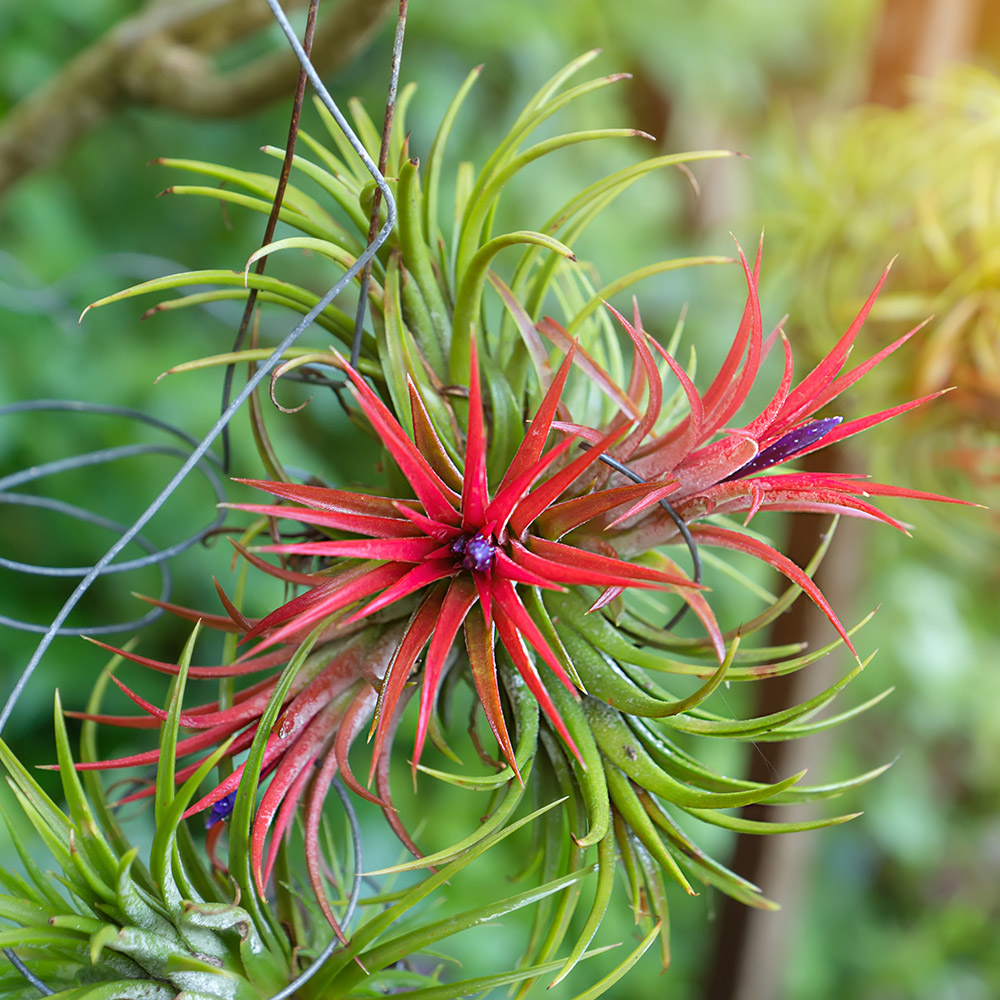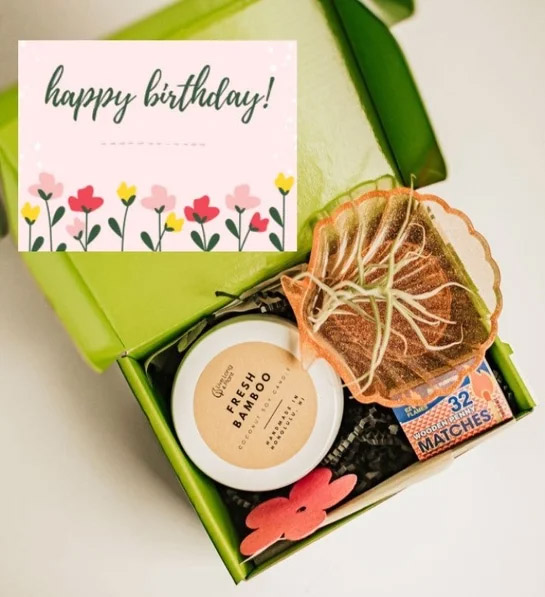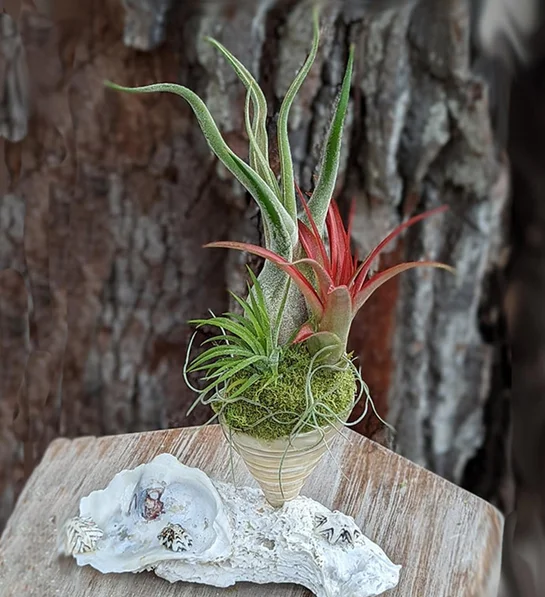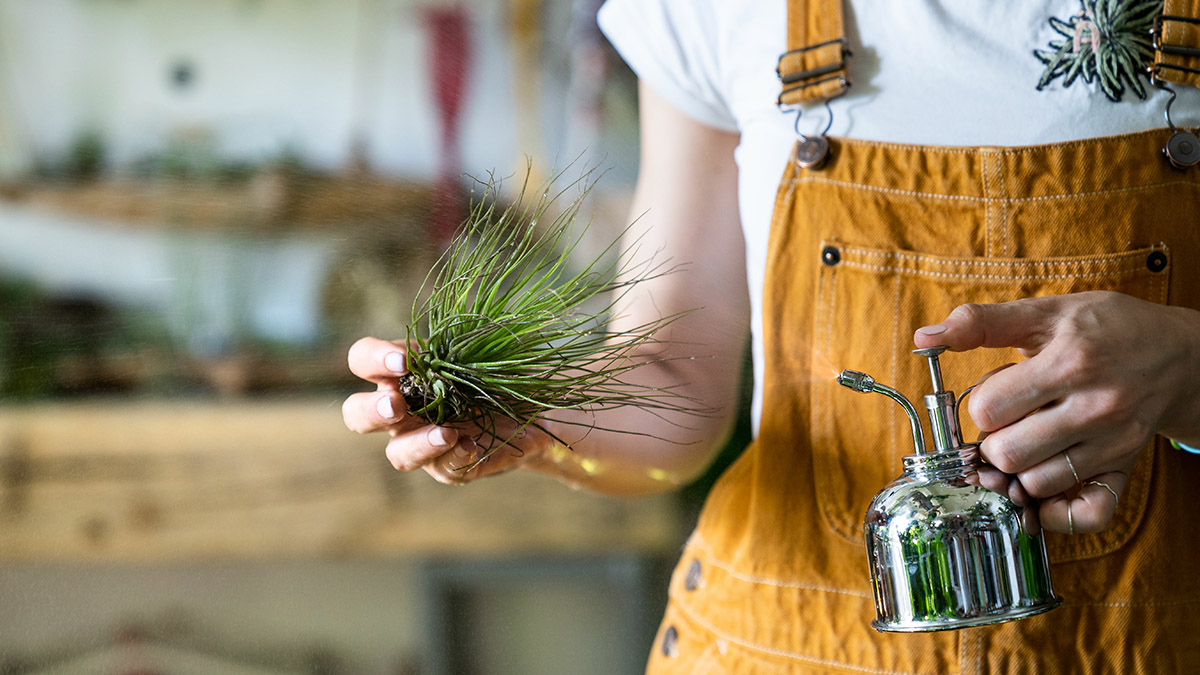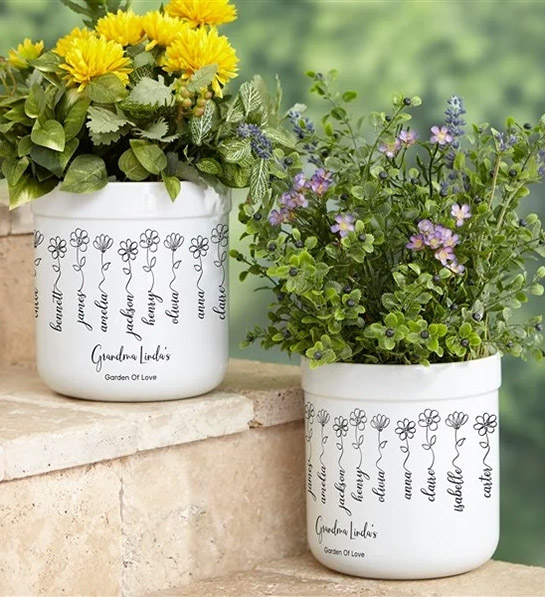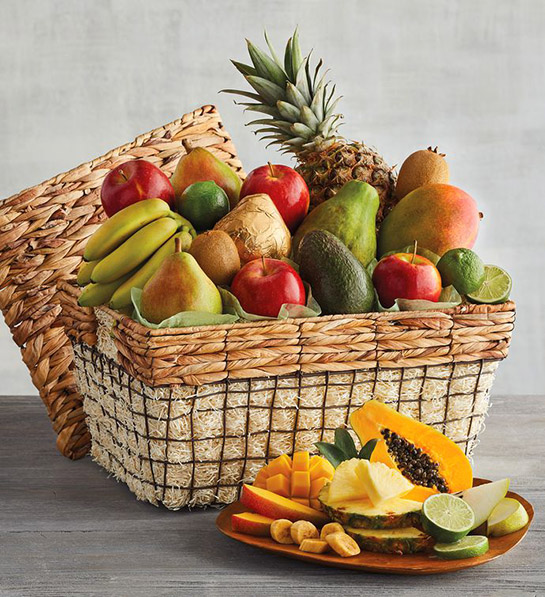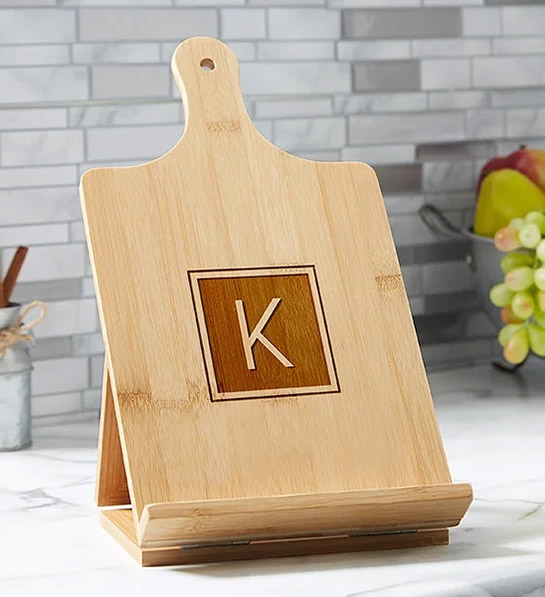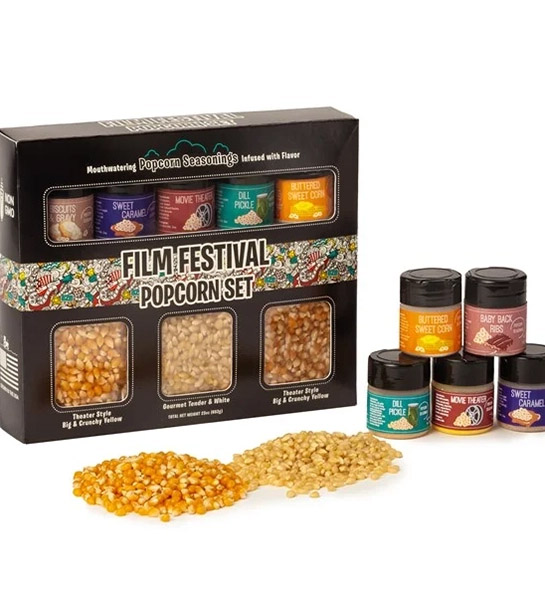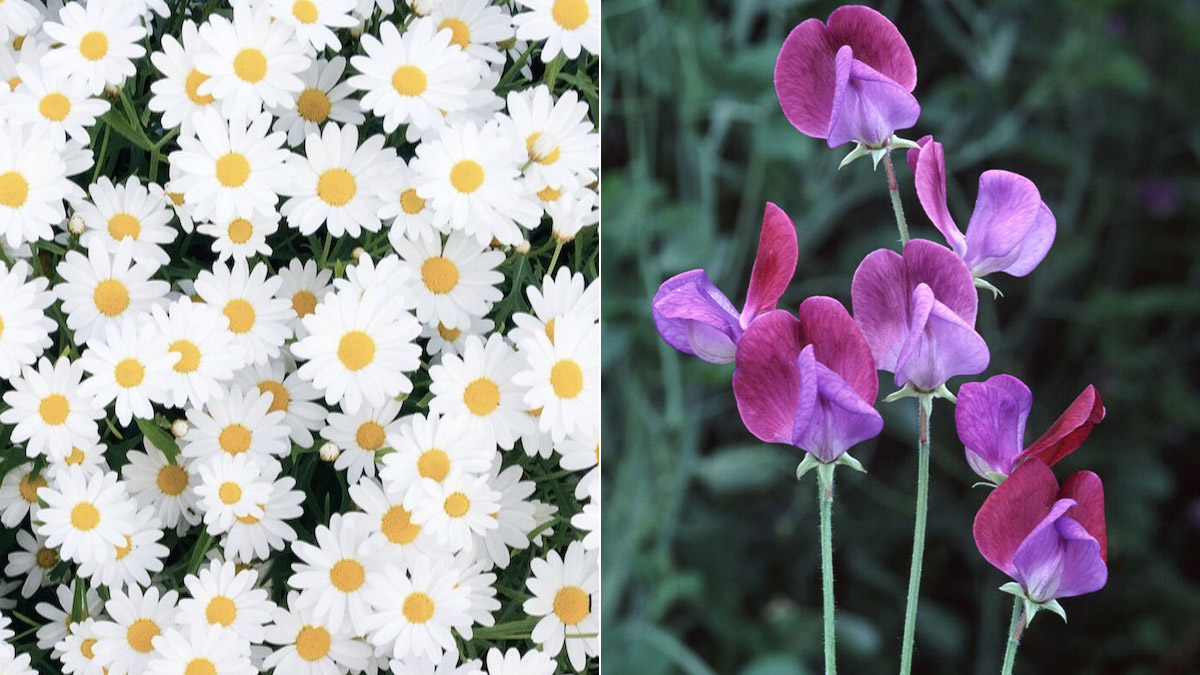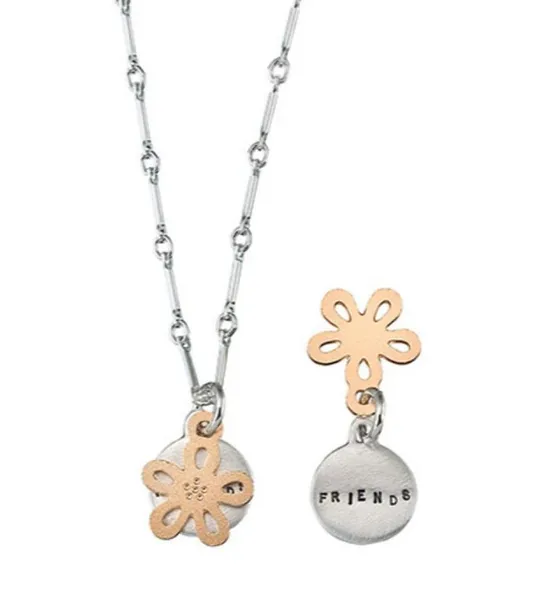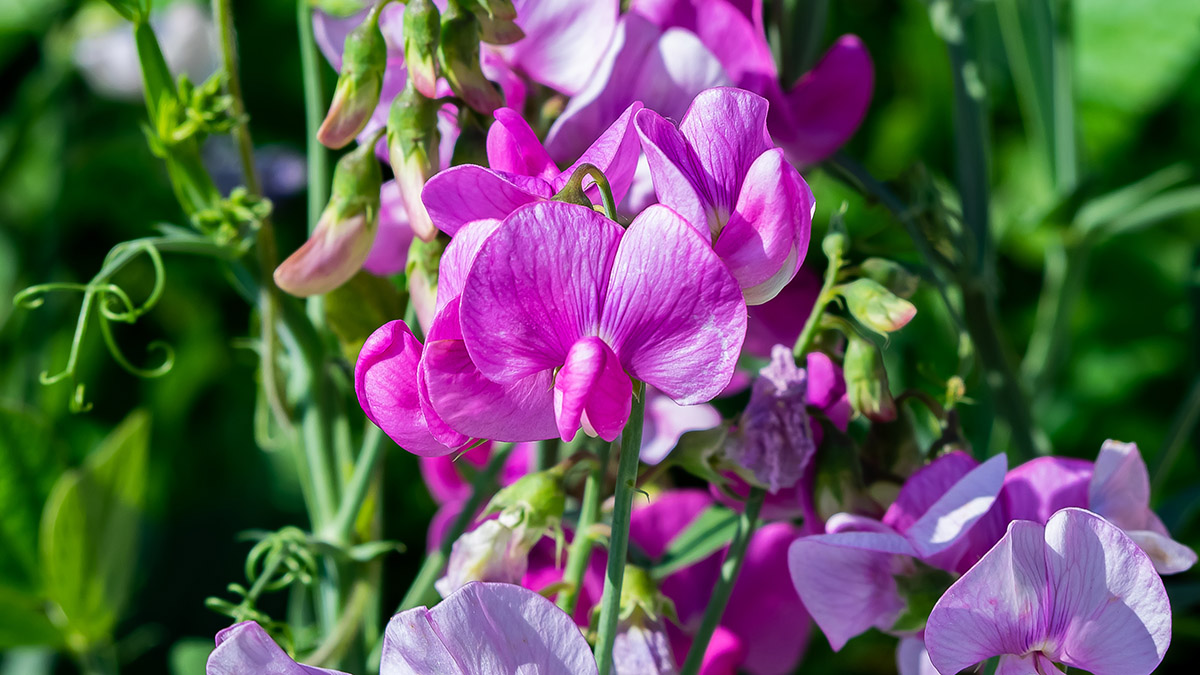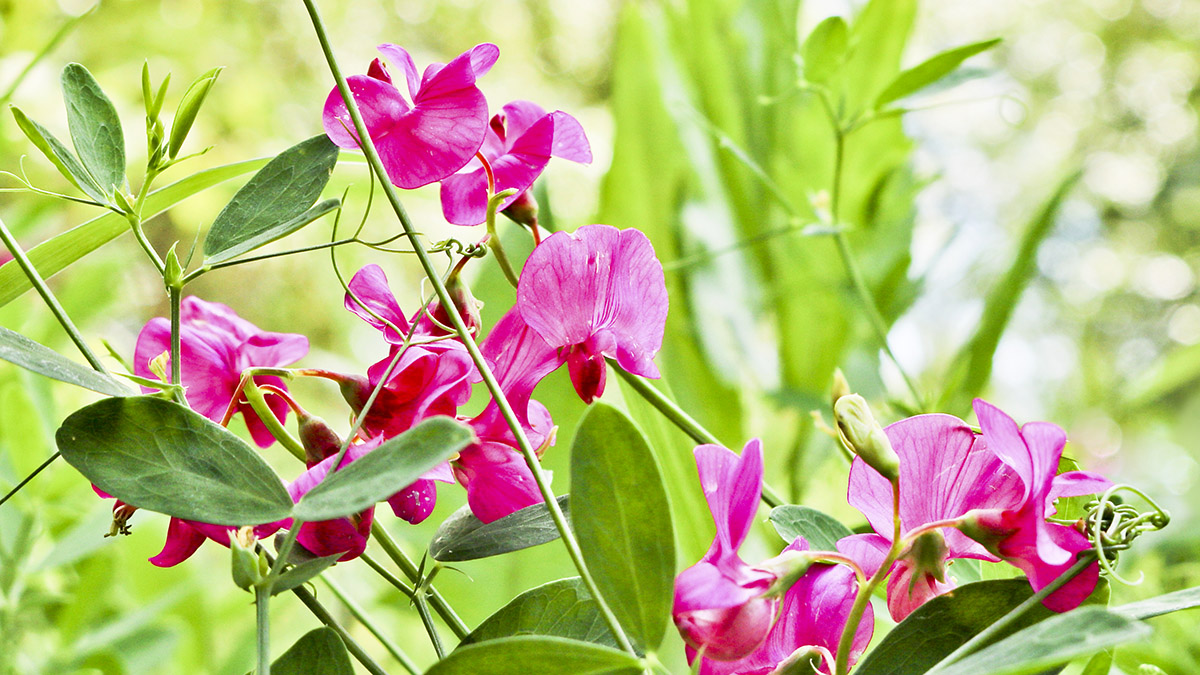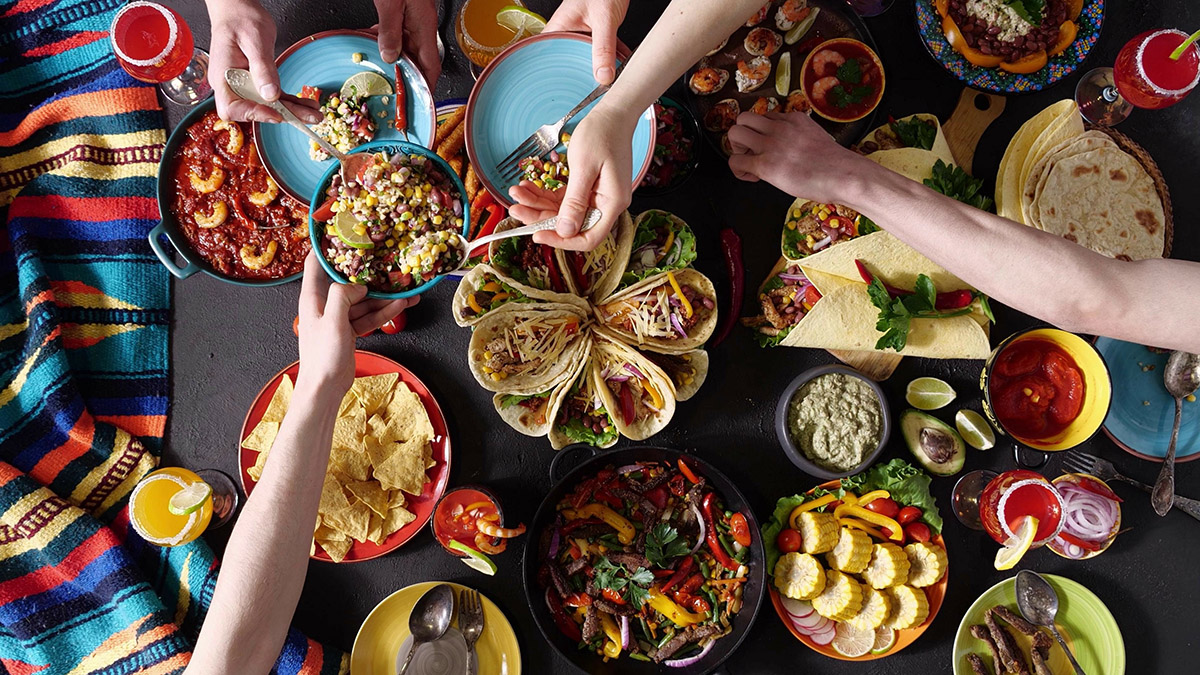
A Cinco de Mayo party is a great opportunity to get together with friends and family, celebrate the spring season, and indulge in the delicious flavors of Mexican cuisine. Originally, the fifth of May commemorated a battlefield victory (not Mexico’s independence, as many assume), but the day has evolved in the United States to one that celebrates all the wonderful things that embody the rich culture of Mexico and its people.
You don’t need to create a formal dinner party or do extensive planning to prep for a Cinco de Mayo party. In fact, by taking a more casual, family-style approach with plenty of prepared-ahead dishes, you can focus on enjoying time with guests and celebrating in the moment together.
Here are 12 Cinco de Mayo party ideas to help make your fiesta a rousing success.
1. Set a vibrant table setting
Bright colors bring a festive atmosphere to any home. Consider vibrant tablecloths, table runners, and decorative touches, such as pom pom strings, terra cotta planters, and conversation starters like these green orb planters. Add artisanal touches — just like ones you would buy from an open-air marketplace — with hand-felted pastel zinnia napkin rings that bring the beauty of the season to any dinner table.
2. Branch out with a festive scene
Decorations shouldn’t be limited to just the tabletop. Bunting is always a beautiful addition to any Mexican celebration, particularly multi-colored flags known as papel picado. Bring in royal palms and other large tropical plants to make your space feel like a Mexican getaway.
3. Add some “south of the border” floral inspiration
May is a wonderful time for a casual party, with more sun, warmer weather, and nature blooming all around. Bring the beauty of Mexico’s distinctive environment to the party with plenty of flower arrangements, such as bright Gerbera daisies, hot pink Matsumoto asters and purple dianthus, or vibrant Fuji mums. Arrange flowers around food stations, but also scatter smaller vases in gathering spaces to spread colorful vibes throughout your home.
4. Green up the party with exotic plants
Aloe vera, air plants, and cacti will create the atmosphere of a far-off getaway. Bring in some bursts of tropical color with Dendrobium and Phalaenopsis orchids to make it feel like you’re in a tropical resort like Cancún or Cozumel.
5. Infuse a bit of Mexico into every drink
Whatever is on your drink menu for your Cinco de Mayo festivities, serve it up in style with cactus-shaped stacking glasses and hand-blown margarita confetti bottom rock glasses. Give your finest tequila the royal treatment with a show-stopping presentation…like, say, displaying it in a decanter specifically designed for the Mexican spirit, complete with a vibrant green blown-glass agave plant in the center. It’s sure to draw a few eyeballs — and glasses — to it.
6. Celebrate sangria season
What Cinco de Mayo party would be complete without refreshing drinks? This red sangria kit includes a citrusy sangria drink mix and Harry & David Ross Lane Red blend wine along with crispy Mandarin and pineapple slices for garnishing. A pack of Mocktails Sansgria is perfect for those who prefer to skip the alcohol. It comes with orange peel garnishes and decorative etched wine glasses, which give off an Aztec vibe.


7. Serve up seasonal soups
Make spring soup a thing and let guests sample a variety of flavors, from tomato basil bisque and chicken chili to potato corn and zesty tortilla soup. The best part about these mixes is you hardly have to spend any time on prep. Don’t forget garnishes, such as sprigs of cilantro, sliced avocado, cotija cheese, green onions, tortilla strips, and sour cream.
8. Make fiesta fish tacos or tostadas
Fish tacos are a classic Mexican dish and can be made with just a few ingredients: chopped cabbage, minced raw onion, fried or grilled fish (cod or halibut works best), and a spicy mayo for some kick. Use “street taco” small tortillas and garnish with fresh cilantro.
9. Set up a scrumptious salsa station

You can probably whip up a taco bar with your eyes closed, but how about a dipping station? Grab a variety of salsas and cheese dips, and present them in a personalized chip and dip bowl. Serve with an assortment of empanadas and ready-made chicken enchiladas verde.
10. Dig into dulce desserts
Tres leches is a classic Latin American cake known for its creamy sweet goodness. If you’d rather not DIY this dessert, you can get it delivered right to your door. And for more daring taste buds, serve up some memorable chocolate-covered jalapeños…yes, you read that right! Your guests will be lining up to take selfies with these one-of-a-kind treats that bring sweet and heat together in a most delicious way.
11. Keep guests entertained with plenty of play
It’s not a Cinco de Mayo party without a piñata. This googly-eyed fellow comes pre-filled with a variety of popular candy; the only problem is, he might be too cute for anyone to want to whack.
After the outdoor fun, invite your group into the kitchen to concoct their own hot sauce varieties with this DIY hot sauce kit. Or, host a salsa dance-off or Mexican-themed trivia game. And for the winner, a prize of a skinny margarita gift set!
12. Gift festive favors
Succulents, many of which originated in Mexico, make a welcome take-home gift. Or consider letting guests grow their own plants with a colorful selection of decorative flower seed pouches.

